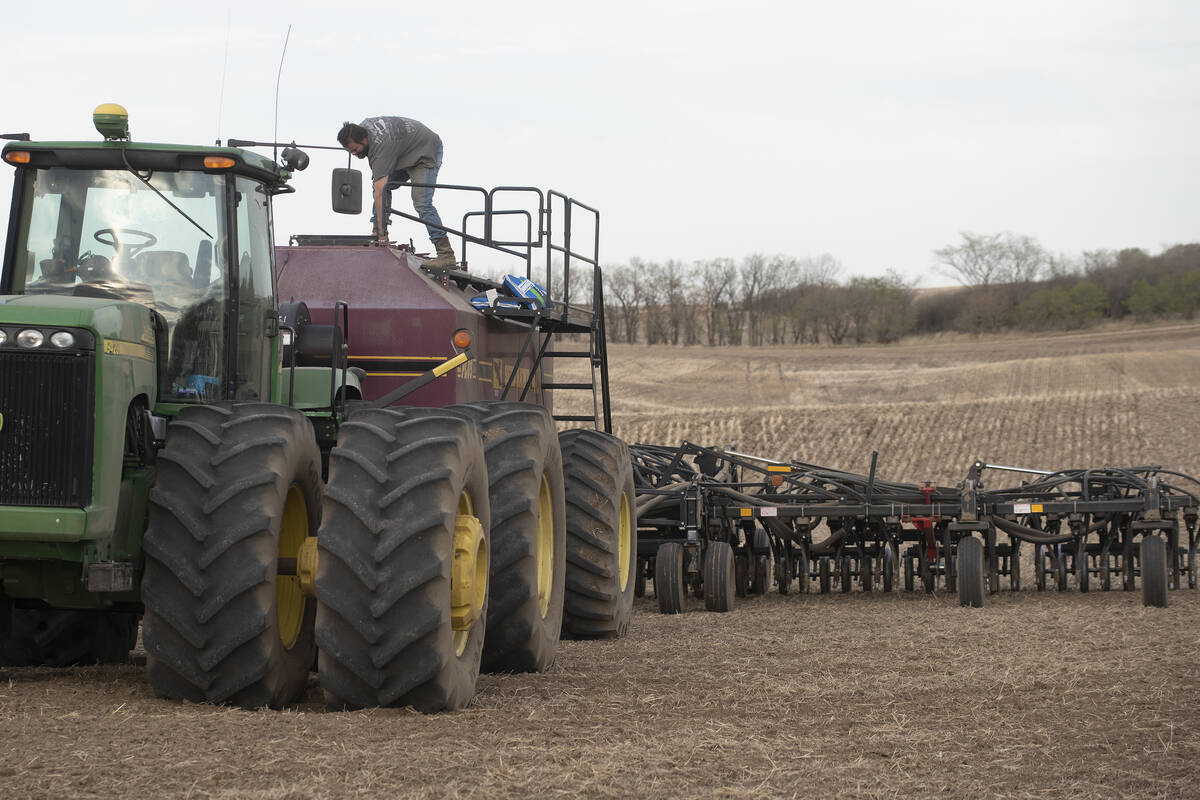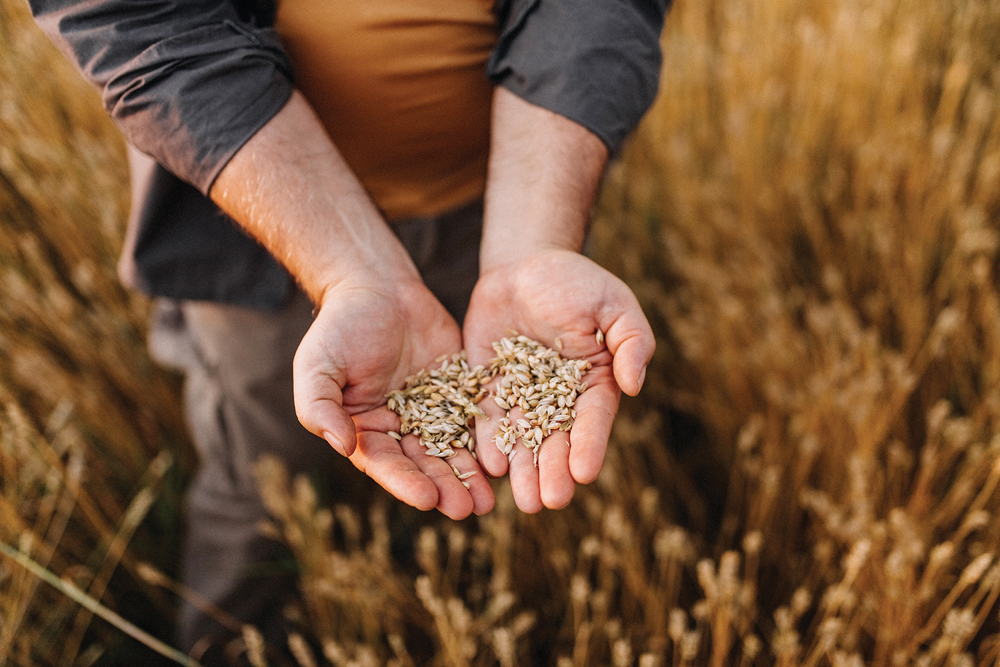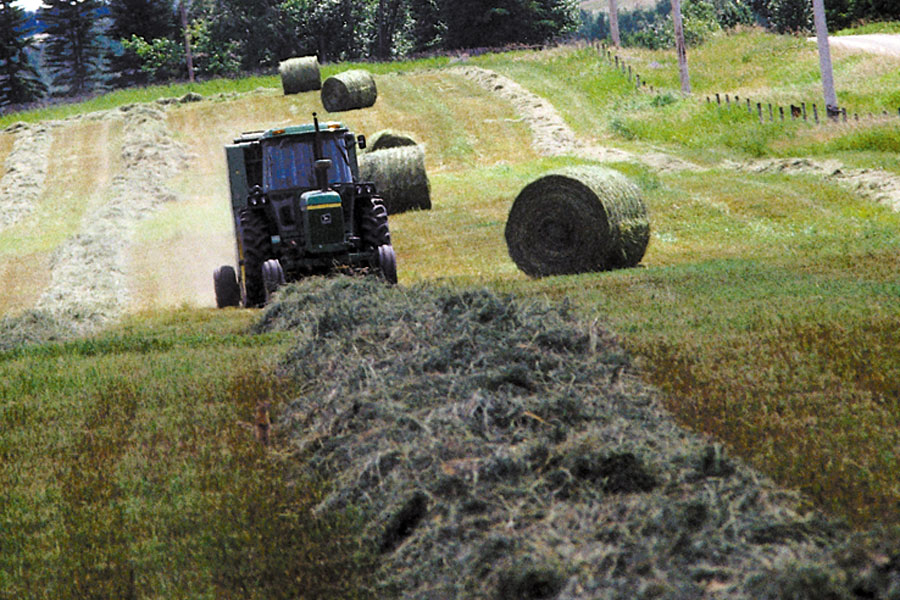With a seed regulatory review looming, the Canadian Seed Growers’ Association (CSGA) has been working to strengthen its in-house capability to be ready for whatever may be coming down the pipeline.
“The seed regulatory review is a standard occurrence from the federal government and is scheduled for two to three years from now,” said Norm Lyster, president of the CSGA. “We are trying to prepare for whatever may come. We have some very good people who have quite a bit of depth in the seed regulatory area and so we feel confident that we are doing what we need to, to be ready for it.”
Read Also

Nutrien pays farmers for efficient nitrogen
Nutrien’s Sustainable Nitrogen Outcomes (SNO) program pays Prairie farmers to limit nitrogen loss and, therefore, fertilizer-related greenhouse gas emissions.
Lyster says the organization is looking at the review as both a risk and an opportunity.
“To a certain degree the regulation review is so dependant on the Canadian Food Inspection Agency and what level they decide to open it up to,” he said. “It is a normal process every ‘x’ number of years by all government organizations with oversight to contracts. It can be quite benign but we are looking to be as prepared as possible.”
The CSGA held its 112th annual general meeting on July 7 at Elkhorn Resort in Clear Lake.
Lyster says he is happy with the state of the organization and the progress that has been made over the past year.
“I think that the organization is in solid shape and getting better, but we certainly live in interesting times and with that comes all of the implications, so we take nothing for granted,” Lyster said.
Executive members highlighted milestones of the past year, including meeting with the federal agriculture minister Lawrence MacAulay in March and becoming the first seed organization to be a member of the Canadian Federation of Agriculture (CFA).
“As of last Thursday we are officially a member of the CFA. What is unique there is that we are the only seed industry now sitting around the table. We will now be a part of any CFA discussions and that is brand new for us,” said Kevin Runnalls, CSGA first vice president.
A number of executive members commented on the progress that CSGA has made in increasing presence at the federal level over the past year.
“What I find is often you feel as though you are going no where and yet you look back and it amazes me how much does gets done and progress that has been made. I have been pleasantly surprised when I do look back at the past year,” said Lyster.
Upcoming fee increases
Over the next three years the CGSA will look to increase both its membership and acreage fee.
“We are anticipating now that we will need to increase membership fees from $100 to $200 and we will need to increase acreage fees by 15 cents,” said Glyn Chancey, CSGA executive director. “The rational for that is because we are making an investment in the future of everybody’s seed certification system and we think that should be equally shared.”
He notes that the membership increase will be put towards strengthening the organization and moving forward in its efforts with the federal government.
The increase in acre fee will be put towards the organization’s continued efforts to streamline the registration process.
Over the past year the CGSA has moved to electronic records and hopes to further simplify the registration process with new technology and online efficiencies.
“In terms of the increase to the acreage fee, in the past five years there has been a dramatic increase in the performance of the seed certification process and this will help to fund further progression in that area,” Chancey said.
Annual stats
Membership of the organization continues to remain steady without any notable increases or decreases.
“Membership has been stable for the past few years,” Chancey said. “I think our membership shows a very positive story, especially over the past five years.”
Wheat and soybeans continue to be the organization’s leading inspected crop acres, with soybeans seeing the largest growth over the past year.
“Soybeans are by far the crop kind that has driven growth the most, but wheat still remains as the most inspected acres,” Chancey said.
According to the CSGA acreage report, Manitoba shows the largest increase in inspected acres of all the Canadian provinces between 2015 and 2014, with an increase of 68,941 acres.
Soybeans were the top inspected crop in Manitoba, beating out wheat by 644 acres.
















